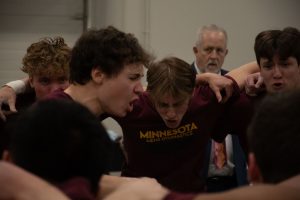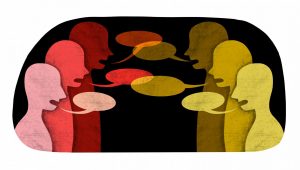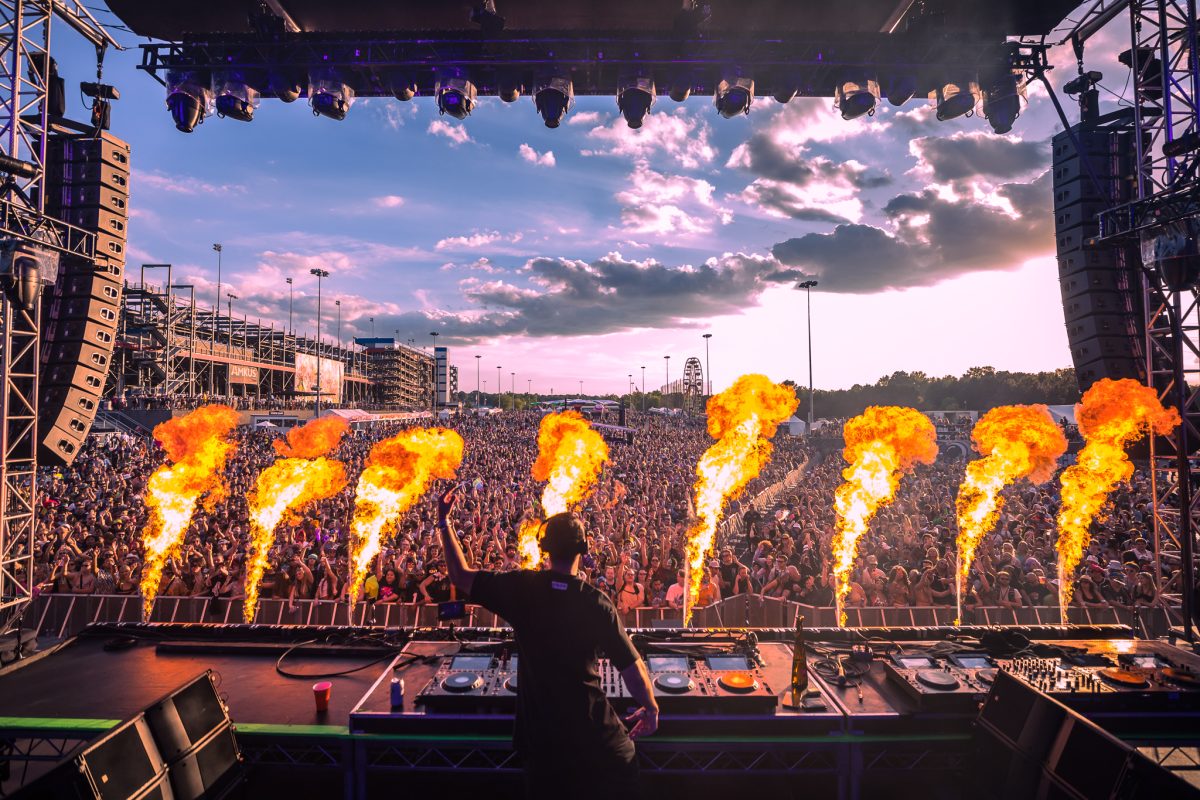Walking down Lake Street at twilight on a Saturday is like dancing tango with an unrequited lover on a midsummer’s eve, or a squeamish jaunt through the Jabberwocky’s forest, depending on the evening and the intersection. Odious medleys of braised pork and halal treats waft past dive bars, past froufrou piñata displays, past buildings spray- painted with murals.
When: Through March 9, 2008
Where: Minnesota History Center, 345 Kellogg Blvd. W., St. Paul
Tickets: $8 General, $6 Students
Information: (651) 259-3000
For decades, this six-mile-long corridor has served as Minneapolis’ yellow brick road and Midwestern Wonderland for the city’s flourishing immigrant populations; Lake Street has supplied an eclectic pastiche of muck and miscellany to the Minneapolis landscape. That’s the whole magic of the place.
“It’s one of the most dynamic streets,” Laura Kling said, a Macalester College alumna and student researcher for the exhibit. “It’s gone through so many changes in our lifetime and our parents’ lifetimes, and it’s something that people can identify with.”
And in a time when Lake Street’s metamorphosis is more apparent than ever, it seems only proper to pay homage to its layered past in the scrolls of history with scaled-down cardboard replicas of historic buildings and hot spots, infinitely pliable in their own right.
“It’s honoring the people who have lived or made their lives on Lake Street, and it’s trying to communicate that to a wider public,” Paul Schadewald explained, the associate director of the Civic Engagement Center at Macalester.
“Right on Lake Street,” as the visual display is called, began as a collaborative partnership between Macalester College, the Minnesota History Center and In the Heart of the Beast Puppet and Mask Theatre. As part of a civic engagement project, students and staff at Macalester sifted through Lake Street’s strings of historical narratives in hopes of digging out a few strands of its cultural fabric. The collaborating students from Macalester are the exhibit’s ad hoc historians, and each contributed to the project by choosing and researching some aspect of Lake Street that struck them – an event, a storefront, a mural.
Some students took on the folly and fancy of the old streetcar days; others researched Lake Street’s darker sides, such as Cloud Man’s Village or Lake Street’s burly reputation in the 1960s as a corridor of peep shows, massage parlors and adult porn theaters (like the Rialto along the East 700 block or the Avalon at East 1500). And who knew that a giant amusement park called “Wonderland” existed right off Lake Street until 1911?
The result is a vibrant medley of Lake Street’s many speakeasies and roofed staples, from Patrick’s Cabaret to the old Sears Roebuck tower, to Town Talk Diner and Chicago Lake Liquors.
But “Right on Lake Street,” with the help of Heart of the Beast Puppet and Mask Theatre, also gives its history a texture, a material to hold onto. It’s largely a poly-sensory walking tour, Lake Street’s own version of the aging Magic Kingdom ride “It’s a Small World After All,” without the animatronics and squeaky ride cars.
But if anyone knows Lake Street, they know that it is often a place all too caught up in semiotic guerilla warfare to cozy next to Disney’s ideals. Mayday costumes, gang graffiti, bright storefronts of young hopeful business and gentrified warehouses marking capitalism’s abandoned terrain all populate the street.
Schadewald explained that the exhibit functions as a multiplicity of narratives, both to engage the students and encourage them to uncover local histories that bring the street to life.
Illuminating those stories, and their inherent tensions, isn’t always easy. For this reason, “Right on Lake Street” might at first seem a bit like a historically informed exoskeleton of the street, important in structure and context but lacking any meaty center.
But upon closer look, it isn’t only the fact-frothy verbiage of historical retellings that provides its homage, but also the physical manipulation of the exhibit space itself, space in which the stories of its inhabitants surface.
Viewers walk into the exhibit by way of a replica of the 21A Metro Transit bus, which travels up and down Lake Street continuously every day. It was recreated (almost to scale) out of castaway art materials. People have to walk through the bus aisle and out of the bus (and past the friendly papier-mâché driver) to get into the bowels of the exhibit. Inside, the windshield is a huge television screen, showing a rider’s-eye view of the route.
Exhibit visitors can also catch a documentary about Patrick’s Cabaret, check out mapping programs of things like “Bicycle Culture” and “Public Art” at a computer kiosk, or take an interactive online tour of Lake Street’s most famous intersections. The tour travels from Uptown and through the Hiawatha area, then winds along the tree-lined riverbank to Longfellow Grill. It’s a kooky, computer animated reassemblage of Lake Street’s unique flavor of sidewalk grit and pedestrians.
But if anything, whether the exhibit is experienced and viewed through the minds of the locals, or with a case of benevolent wanderlust from its visitors, it is so much more than a city’s collective daydream.
It’s Lake Street. It’s a true testament to Minneapolis’ hopeful future.














